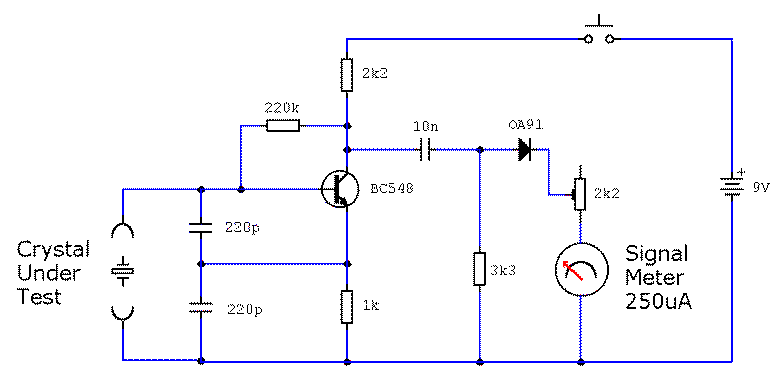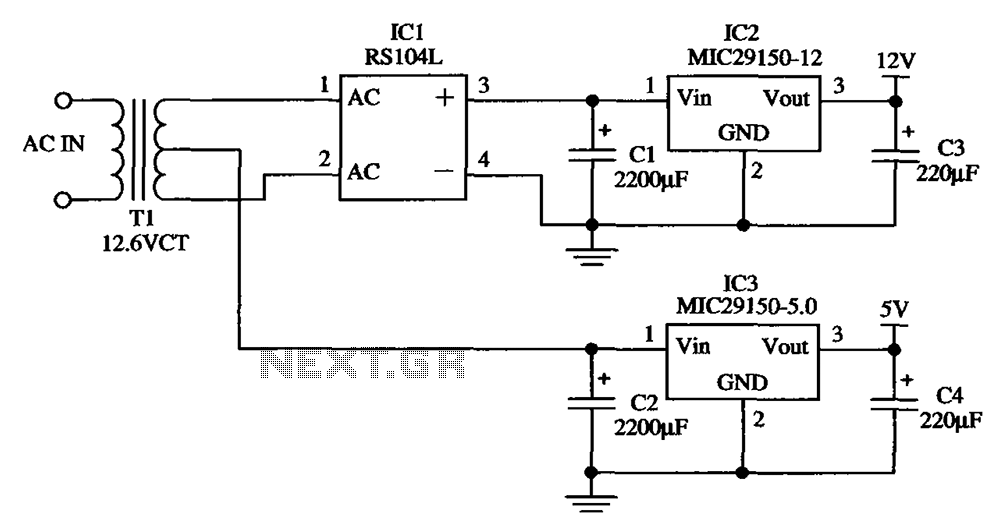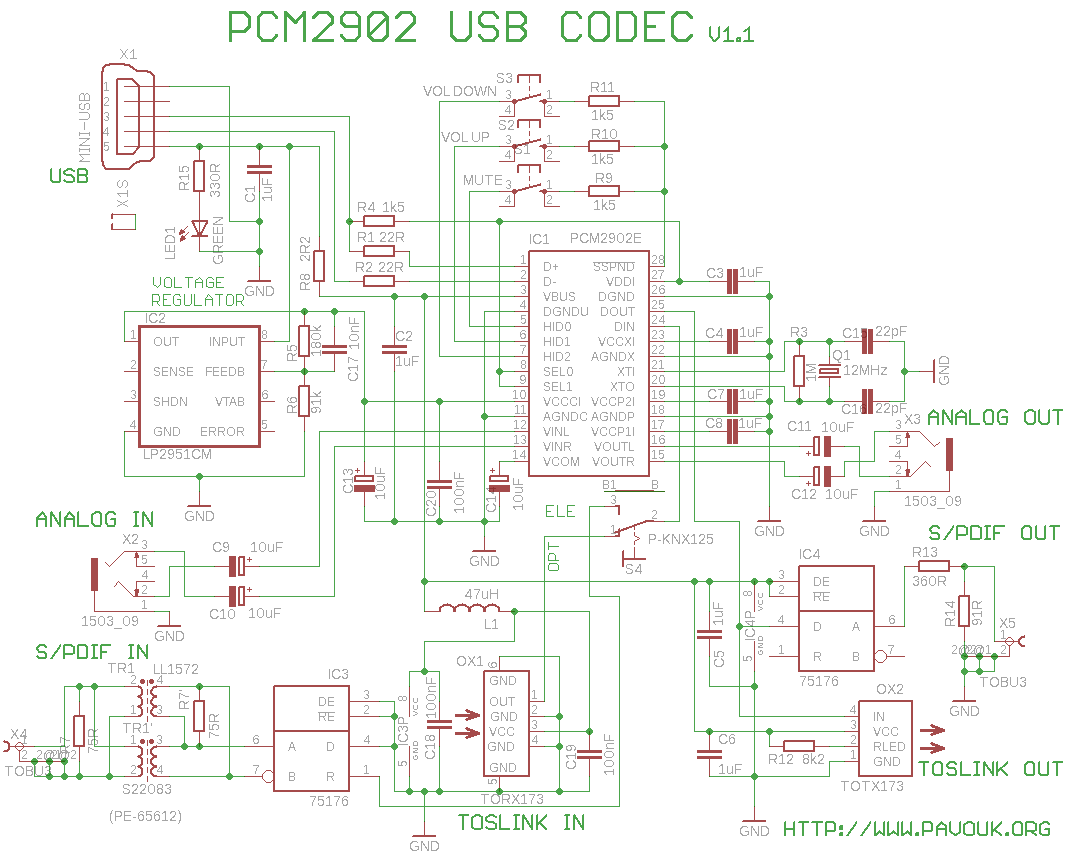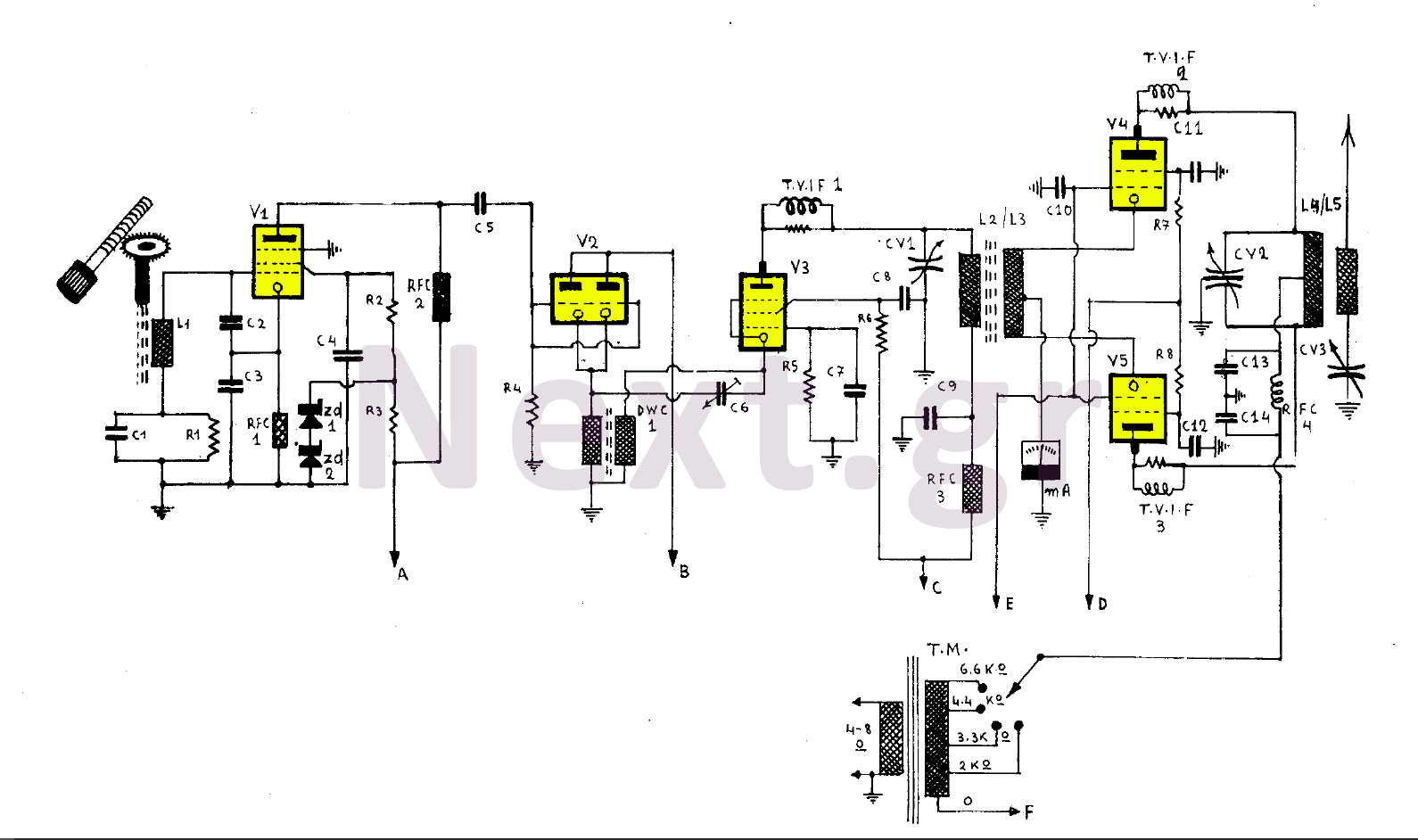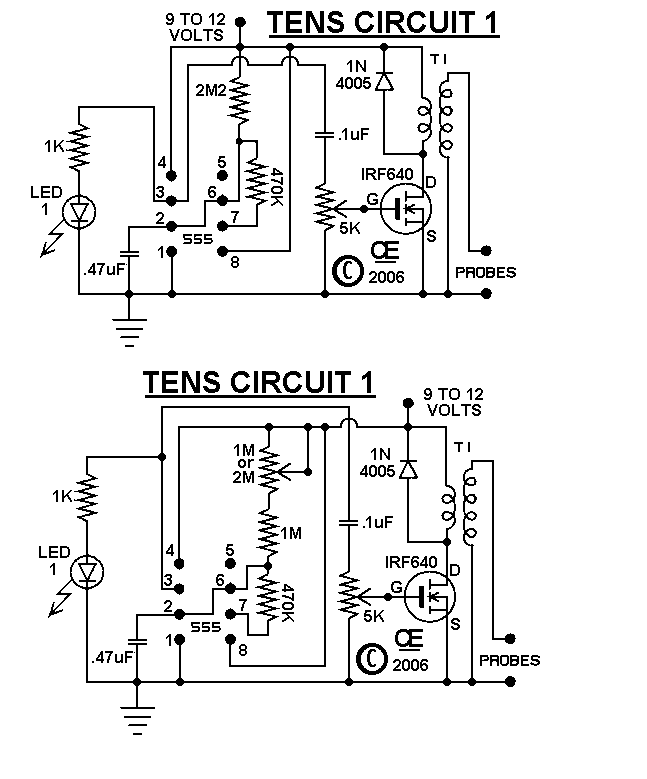
car exterior lights electronic circuit
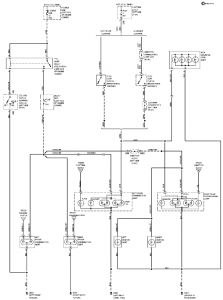
The connection and wiring between each part and component of the exterior lighting system of the vehicle includes elements such as the fusible link, junction block, tail light relay, cruise control, stop light switch, relay box, column switch, rear combination light, front combination light, license light, hazard light switch, turn-signal and hazard flasher unit, park/neutral position switch, back-up light switch, combination meter, and additional components.
The exterior lighting system of a vehicle is a complex network of electrical components that work together to ensure visibility and safety during operation. The system begins with the power source, typically the vehicle battery, which feeds through a fusible link that acts as a protective measure against overcurrent conditions. The junction block serves as a central hub for distributing power to various circuits, including those dedicated to the tail light relay and the combination lights.
The tail light relay is crucial for controlling the operation of the rear lights, while the cruise control system may integrate with the lighting system to ensure that the vehicle's indicators function correctly when cruise control is engaged. The stop light switch is activated when the brake pedal is pressed, signaling the stop lights to illuminate, thus alerting drivers behind the vehicle.
The relay box houses various relays that manage the operation of different lights, including the front and rear combination lights and the license light. The column switch allows the driver to control the turn signals and hazard lights, which are essential for indicating lane changes and emergencies. The turn-signal and hazard flasher unit regulates the blinking of these lights, providing clear visual signals to other road users.
Additional components such as the park/neutral position switch and the back-up light switch play vital roles in ensuring that the vehicle's lights operate effectively in response to the vehicle's operational state. The combination meter may provide the driver with visual indicators of the system's status, including warnings for any malfunctions.
Overall, the intricate wiring and connections between these components must be carefully designed and implemented to ensure reliability and compliance with automotive standards. Proper insulation, secure connections, and appropriate gauge wiring are essential to prevent electrical failures and ensure the safe operation of the vehicle's exterior lighting system.Connection and wiring between each parts and component of exterior lights system of the vehicle such as the fusible link, junction block, tail light relay, cruise control, stop light switch, relay box, column switch, rear combination light, front combination light, license light, hazard light switch, turn-signal and hazard flasher unit, park/neutral position switch, back-up light switch, combination meter, and many more. 🔗 External reference
The exterior lighting system of a vehicle is a complex network of electrical components that work together to ensure visibility and safety during operation. The system begins with the power source, typically the vehicle battery, which feeds through a fusible link that acts as a protective measure against overcurrent conditions. The junction block serves as a central hub for distributing power to various circuits, including those dedicated to the tail light relay and the combination lights.
The tail light relay is crucial for controlling the operation of the rear lights, while the cruise control system may integrate with the lighting system to ensure that the vehicle's indicators function correctly when cruise control is engaged. The stop light switch is activated when the brake pedal is pressed, signaling the stop lights to illuminate, thus alerting drivers behind the vehicle.
The relay box houses various relays that manage the operation of different lights, including the front and rear combination lights and the license light. The column switch allows the driver to control the turn signals and hazard lights, which are essential for indicating lane changes and emergencies. The turn-signal and hazard flasher unit regulates the blinking of these lights, providing clear visual signals to other road users.
Additional components such as the park/neutral position switch and the back-up light switch play vital roles in ensuring that the vehicle's lights operate effectively in response to the vehicle's operational state. The combination meter may provide the driver with visual indicators of the system's status, including warnings for any malfunctions.
Overall, the intricate wiring and connections between these components must be carefully designed and implemented to ensure reliability and compliance with automotive standards. Proper insulation, secure connections, and appropriate gauge wiring are essential to prevent electrical failures and ensure the safe operation of the vehicle's exterior lighting system.Connection and wiring between each parts and component of exterior lights system of the vehicle such as the fusible link, junction block, tail light relay, cruise control, stop light switch, relay box, column switch, rear combination light, front combination light, license light, hazard light switch, turn-signal and hazard flasher unit, park/neutral position switch, back-up light switch, combination meter, and many more. 🔗 External reference
